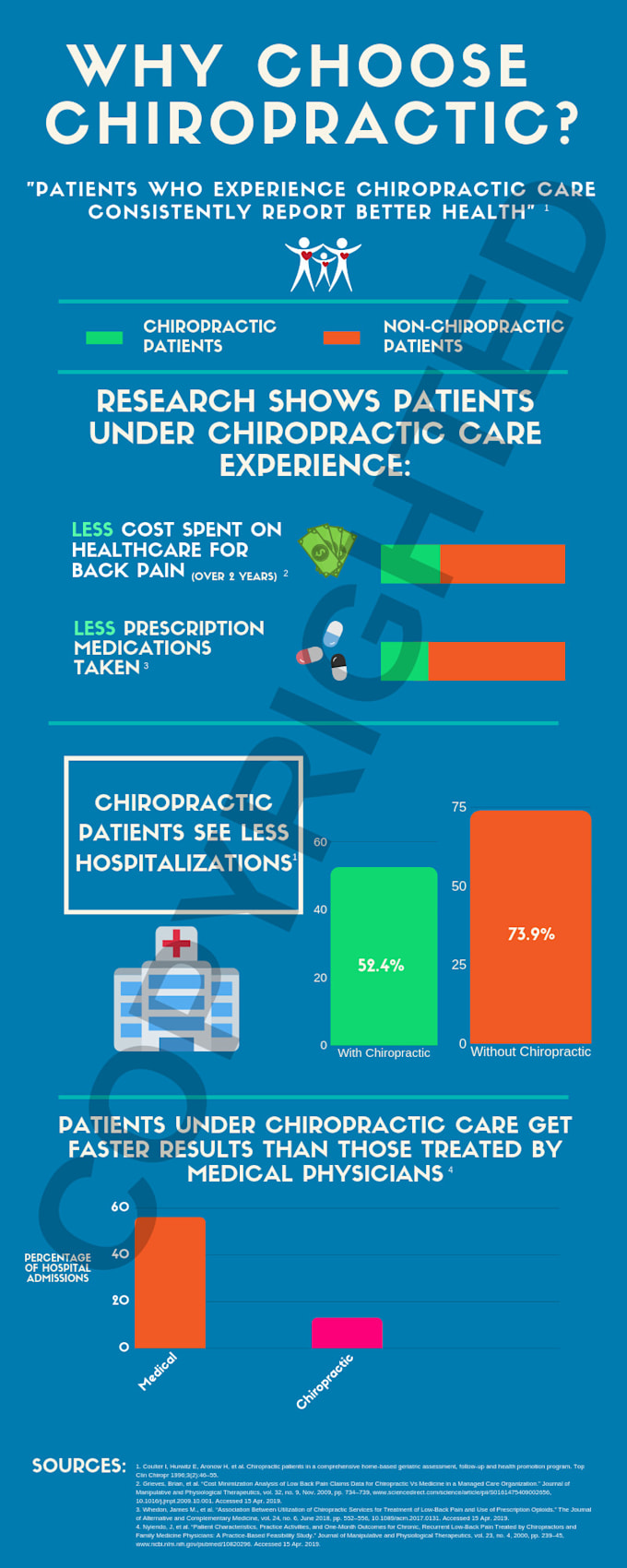Brace On Your Own For An Exploration Right Into The Exciting Cellular Communications Of Cold Laser Therapy And Its Utilization Of Light As A Recovery Mechanism. Take A Deeper Dive Into The Scientific Facets!
Brace On Your Own For An Exploration Right Into The Exciting Cellular Communications Of Cold Laser Therapy And Its Utilization Of Light As A Recovery Mechanism. Take A Deeper Dive Into The Scientific Facets!
Blog Article
Post Composed By-Rosendahl Roberson
You may have heard of cold laser treatment as an appealing treatment choice for numerous conditions, yet have you ever asked yourself how it really works with a cellular degree? Recognizing laser center behind this treatment can shed light on its efficiency in promoting healing and minimizing swelling. By exploring the scientific research behind cold laser treatment, you'll acquire insights into the remarkable ways in which light can influence mobile procedures and promote cells repair service.
Exactly How Cold Laser Therapy Works
To understand exactly how cold laser therapy works, you require to understand the essential principles of how light power communicates with organic tissues. Cold laser therapy, also referred to as low-level laser treatment (LLLT), utilizes particular wavelengths of light to pass through the skin and target underlying tissues. Unlike the extreme lasers used in surgical procedures, cold lasers send out reduced degrees of light that don't create warm or trigger damages to the cells.
When these mild light waves get to the cells, they're soaked up by parts called chromophores, such as cytochrome c oxidase in mitochondria. This absorption triggers a collection of organic actions, consisting of raised mobile energy manufacturing and the release of nitric oxide, which enhances blood flow and reduces inflammation.
Moreover, the light power can additionally stimulate the manufacturing of adenosine triphosphate (ATP), the energy currency of cells, aiding in cellular repair work and regeneration procedures.
Basically, laser therapy southington ct of light energy to advertise healing and minimize discomfort in a non-invasive and mild fashion.
Devices of Activity
Exactly how does cold laser therapy in fact function to produce its therapeutic effects on organic tissues?
Cold laser therapy, likewise referred to as low-level laser treatment (LLLT), runs with a process known as photobiomodulation. When the cold laser is related to the skin, the light energy permeates the cells and is soaked up by chromophores within the cells.
These chromophores, such as cytochrome c oxidase in the mitochondria, are after that stimulated by the light energy, bring about a waterfall of organic responses. One key system of activity is the enhancement of mobile metabolic process.
The taken in light energy increases ATP manufacturing in the mitochondria, which is important for cellular feature and repair. In addition, cold laser treatment aids to decrease swelling by preventing inflammatory mediators and promoting the release of anti-inflammatory cytokines.
https://jasperxoful.luwebs.com/30851047/checking-out-the-advantages-of-cold-laser-treatment-a-revolutionary-technique-to-the-recovery-process anti-inflammatory impact adds to pain relief and cells healing.
Therapeutic Effects
Comprehending the restorative effects of cold laser therapy involves recognizing just how the enhanced cellular metabolic rate and anti-inflammatory buildings add to its positive end results on organic cells.
When the cold laser is applied to the damaged location, it boosts the mitochondria within the cells, leading to raised manufacturing of adenosine triphosphate (ATP), which is critical for mobile feature and repair work. This increase in cellular power accelerates the healing process by promoting cells regrowth and decreasing inflammation.
In addition, the anti-inflammatory buildings of cold laser treatment help to decrease discomfort and swelling in the targeted location. By preventing inflammatory conciliators and promoting the launch of anti-inflammatory cytokines, cold laser treatment help in minimizing discomfort and enhancing the general recovery reaction.
This reduction in swelling not just gives prompt relief yet likewise supports lasting tissue repair service.
Final thought
Finally, cold laser therapy works by promoting mobile repair and cells regrowth via photobiomodulation. Its anti-inflammatory properties give discomfort alleviation and reduce swelling by preventing inflammatory mediators.
This treatment uses a comprehensive approach to recovery, supplying both instant relief and long-lasting tissue repair service benefits.
Via its systems of action, cold laser therapy confirms to be a reliable and appealing treatment choice for a selection of problems.
